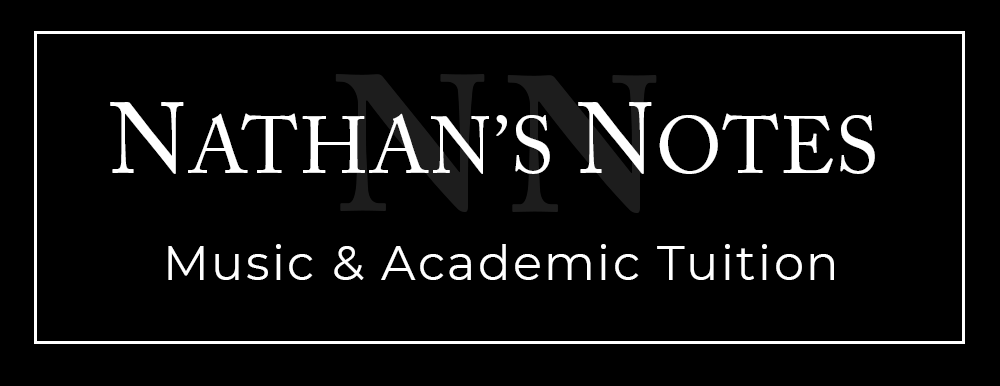HOW WE TEACH CLARINET
We teach a variety of styles so that you can achieve your full potential. We teach both adults and children through lessons customised to individual aims.
Benefits of learning Clarinet
Learning to play the clarinet teaches more than playing music:
Strengthens breathing
Strengthens core muscles
Improves posture
Improves hand and eye coordination
Relieves stress
We travel to students and teach them in their own homes or remotely online. We teach both adults and children in mainly 60 minute, 45 minute and 30 minute lessons. However, extended lessons can be arranged for individual circumstances.
Beginners and more advanced students welcome.
HOURLY RATES
A full cancellation fee is applicable for cancellations of 24 hours or less.
If you do not live within the Oxford area, we are happy to provide you with an hourly rate - depending upon your location.
£40
Per Hour
£30
45 Minutes
£20
30 Minutes
ABOUT CLARINETS
The clarinet is a type of woodwind instrument that has a single-reed mouthpiece, a straight cylindrical tube with an approximately cylindrical bore, and a flaring bell.
A person who plays the clarinet is called a clarinettist or clarinettist. The word clarinet may have entered the English language via the French clarinette (the feminine diminutive of Old French clarin or clarion), or from Provençal clarin, "oboe". It "is plainly a diminutive of clarino, the Italian for trumpet", and the Italian clarinetto is the source of the name in many other languages. According to Johann Gottfried Walther, writing in 1732, the reason for the name was that "it sounded from far off not unlike a trumpet". This may indicate its strident quality in the upper register, although in the low register it was "feeble and buzzing".
The English form clarinet is found as early as 1733, and the now-archaic clarinet appears from 1784 until the early years of the 20th century.
There are many types of clarinets of differing sizes and pitches, comprising a large family of instruments. The unmodified word clarinet usually refers to the B♭ soprano clarinet, by far the most common type, which has a large range of nearly four octaves. The clarinet family is the largest woodwind family, with more than a dozen types, ranging from the (extremely rare) BBB♭ octo-contrabass to the A♭ piccolo clarinet. Of these, many are rare or obsolete (there is only one BBB♭ octo-contrabass clarinet in existence, for example), and music written for them is usually played on more common versions of the instrument.
Johann Christoph Denner invented the clarinet in Germany around the turn of the 18th century by adding a register key to the earlier chalumeau. Over time, additional keywork and airtight pads were added to improve tone and playability. Today, the clarinet is used in jazz and classical ensembles, in chamber groups, and as a solo instrument.
[source: wikipedia]
"Music can name the unnameable and communicate the unknowable."

